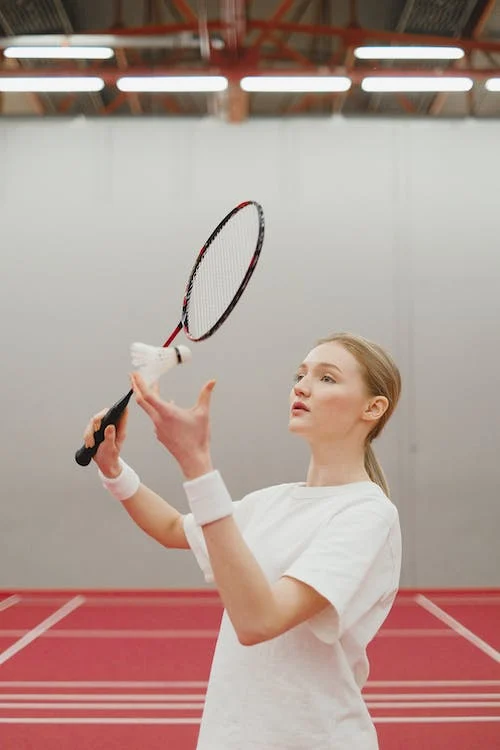
Badminton is a fast-paced and physically challenging sport that requires good technique to perform well. One of the most crucial aspects of your technique is your grip on the racket. You’ll have more control and more power in your shots if you have a correct grip.
It takes a lot of hand-eye coordination and quick reactions to play badminton. Your overall performance and ability to perform at your best can be greatly improved by using the proper grip on your racket. In this post, we’ll examine the various grip styles that you need to learn.
Understanding the Different Types of Grips
The first step to gripping your badminton racket correctly is to understand the different types of grips. There are 4 main types of grips:
- Forehand grip
- Backhand grip
- Bevel grip
- Panhandle grip
Each of these grips serves a different purpose and is used for different types of shots.
1) The Forehand Grip
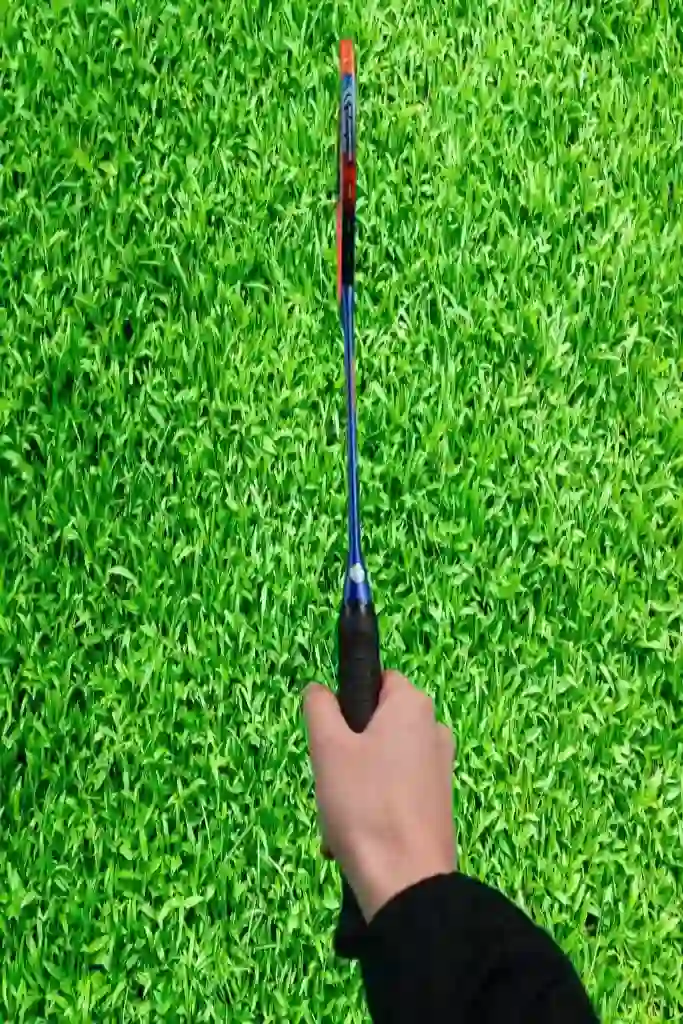
The Forehand grip is used for most shots and is the grip you will use the most. In this technique, you need to hold a racket in such a way it forms a ‘V’ shape as seen in pic-1 above, and at the same time, you need to ensure a little space between the index finger and middle finger (Pic 2).
Whether you play drives, smash, or net shots, you should hold the racket just a little tight and not too much as it becomes difficult to change the grip in between.

2) The Backhand Grip
It is used for backhand shots and is similar to the forehand grip. However, instead of placing the thumb on the side of the handle, it’s placed on the top of the handle and fingers must be placed on the side as seen in the pic below.
Backhand grip in badminton is typically used when playing shots on the backhand side, such as when the shuttlecock is on the left side of the player’s body for right-handed players. This grip is used for playing a variety of shots, including backhand clear, backhand drops, backhand lifts, and backhand smash.
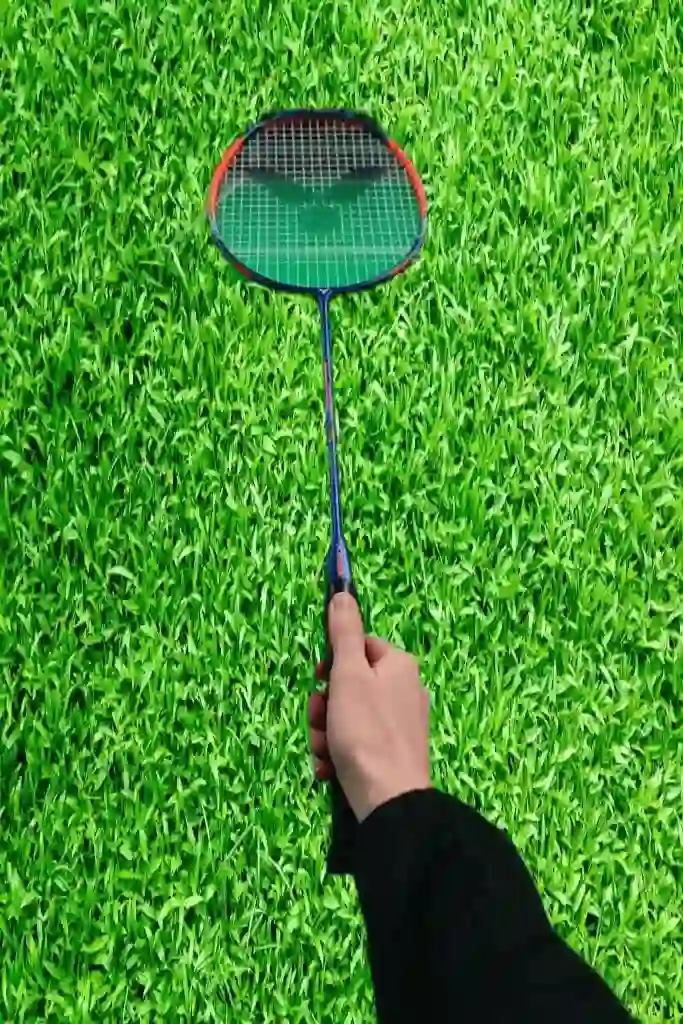
3) Bevel Grip
To master the bevel grip, first, hold the racket in a backhand grip. Then, rotate the racket head so that the strings are angled and your thumb is positioned on the ridge. For right-handed players, rotate the racket anti-clockwise from the backhand grip, and for left-handed players, rotate the racket clockwise from this position.
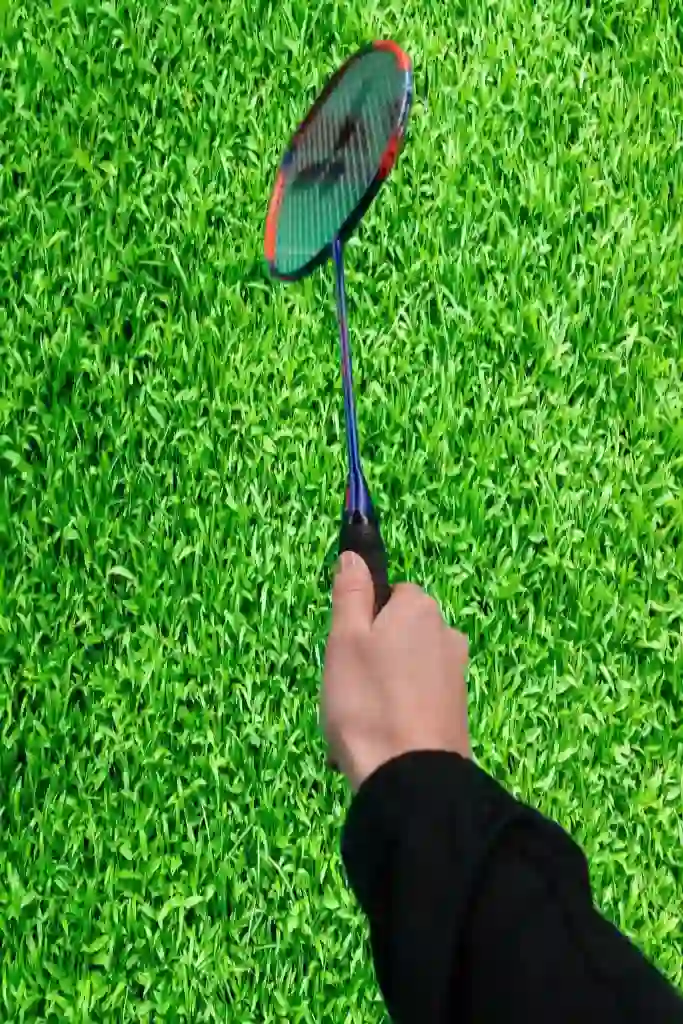
The different bevel grips can be used for backhand shots, and the specific grip used can affect the player’s power, control, and accuracy in their shots.
4) Panhandle Grip
It is similar to holding a frying pan in your kitchen. When using the panhandle grip, you place your thumb on the right side of the racket handle and grasp the left side of the racket handle with your fingers as seen below.
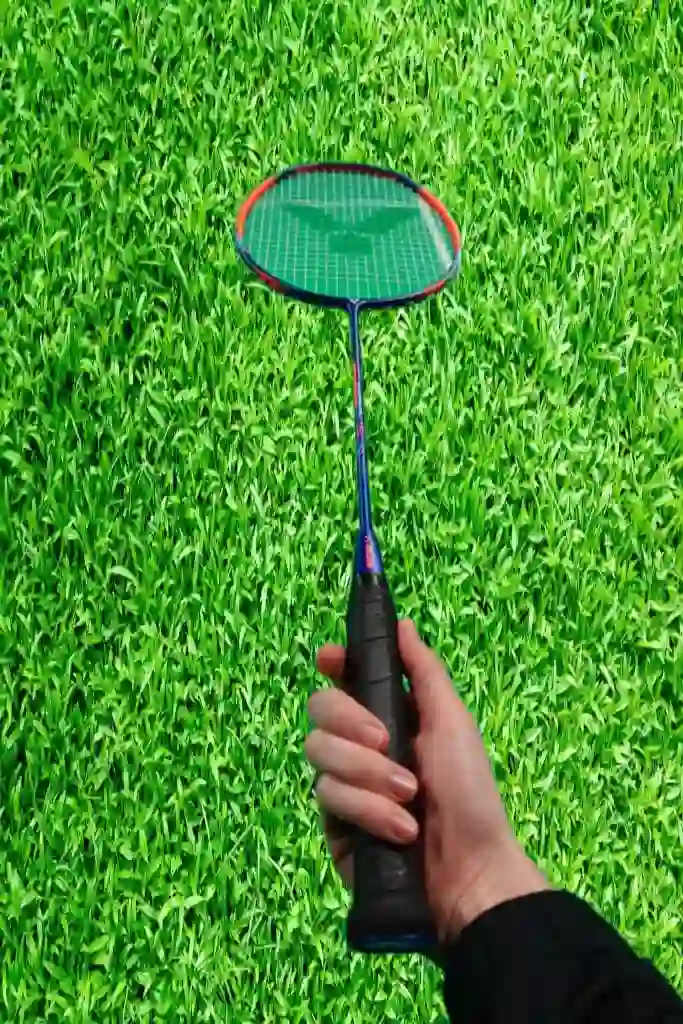
This grip comes most naturally to the players because it is easy to hit. But contrary this grip should actually be used only for late backhand shots.
Mistakes to Avoid When Gripping Your Racket
Now that you know how to grip your racket correctly, it’s important to avoid common mistakes that can reduce your control and power. Here are some mistakes to avoid:
- Over Gripping: Never hold the racket with the entire palm. only fingers and the upper area of the palm. It will allow you to control the shots with ease.
- Gripping Too Tightly: Gripping your racket too tightly will reduce the power in shots and make it difficult to change the grip in between.
- Thumb Placement: The thumb should be placed on the handle at the right position which provides stability.
- Finger Placement: All fingers should be evenly distributed around the handle to maintain balance and control.
- Not adjusting your grip for different shots: You should adjust your grip for different shots such as a forehand, backhand, and overhead smash.
- Ignoring comfort: Ensure that the grip does not pain or feel uneasy in your hand.
Hopefully, you understand the types of grip and how to hold the badminton racket correctly which will definitely improve your game. Happy Playing!!

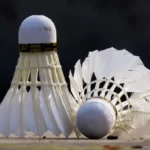
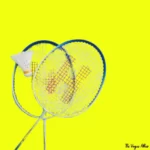
1 thought on “How To Grip a Badminton Racket Correctly?”